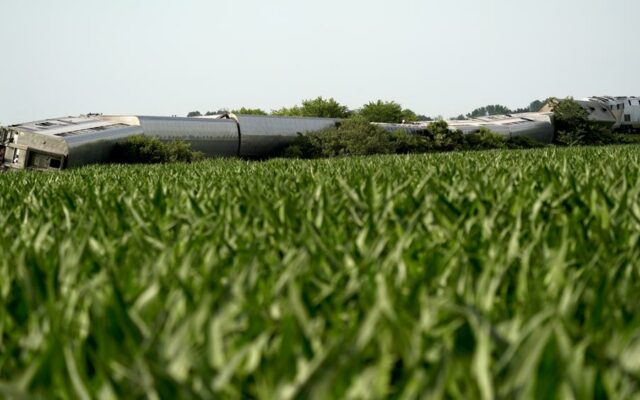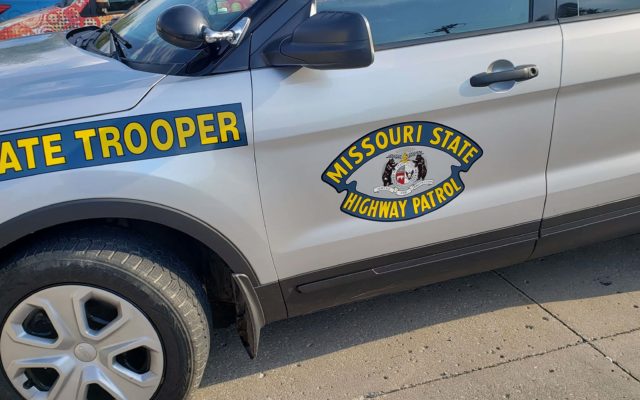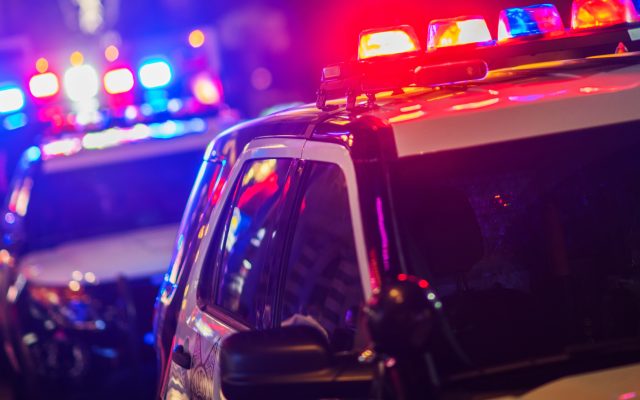Lawsuits Filed Days After Deadly Amtrak Crash

KANSAS CITY, Mo. (AP) — The first lawsuits have been filed only days after an Amtrak train collision and derailment in rural Missouri that left four people dead and injured up to 150 others.
In a federal lawsuit filed Friday, surviving passenger Janet Williams of Dubuque, Iowa, named Amtrak, BNSF Railway Co. and MS Contracting LLC, the employer of the dump truck driver whose vehicle was struck by the train. The complaint alleges negligent design of the railroad crossing near the town of Mendon, and says the train was packed with too many riders, creating “cattle car conditions.”
On Thursday, Amtrak and BNSF Railway filed a federal lawsuit against MS Contracting, the Kansas City Star reported. That lawsuit said the train was “clearly visible” and that the truck driver was careless in crossing the tracks.
Phone calls to MS Contracting rang unanswered on Friday.
The crossing where the collision occurred has no lights, signals or gates to warn of an approaching train. Area residents had previously expressed concerns about the safety of the crossing, described by locals and a federal transportation safety official as very steep. Chariton County leaders have been pushing for a safety upgrade at the railroad crossing for nearly three years, presiding county commissioner Evan Emmerich said this week.
Chariton County Attorney Brandon Shelton did not immediately return a phone message left Friday.
Two train passengers — Rochelle Cook, 58, and Kim Holsapple, 56, both of DeSoto, Kansas — died at the scene. A third passenger, 82-year-old Binh Phan, of Kansas City, Missouri, died Tuesday at a hospital. The Missouri State Highway Patrol said up to 150 people also were injured.
Williams’ lawsuit said she “sustained significant and life-altering injuries” when she was suddenly thrown from her seat, struck by luggage and crushed by other passengers as her train car flipped onto its side. One of her attorneys, Robert J. Mongeluzzi, said in a statement that Amtrak and BNSF “failed to use basic railroad crossing safety devices such as warning lights and crossing gates.”



